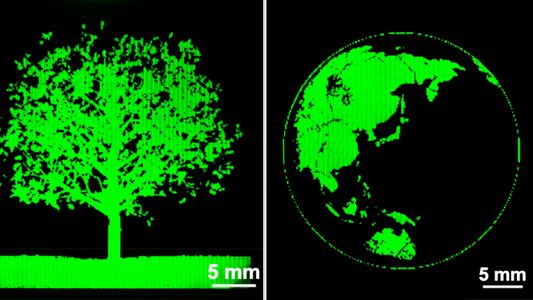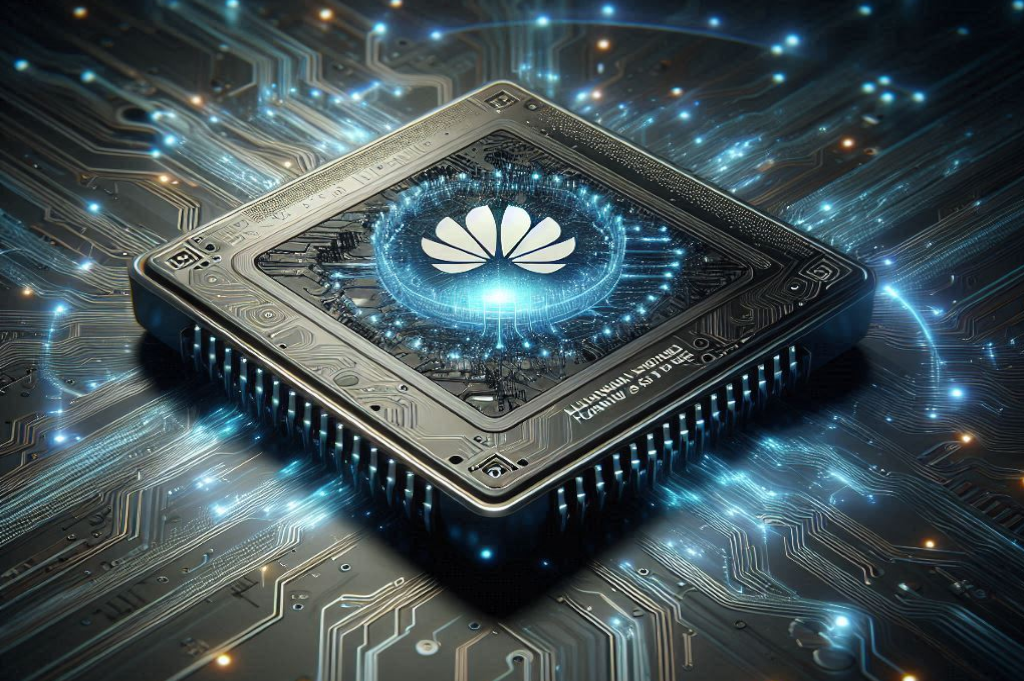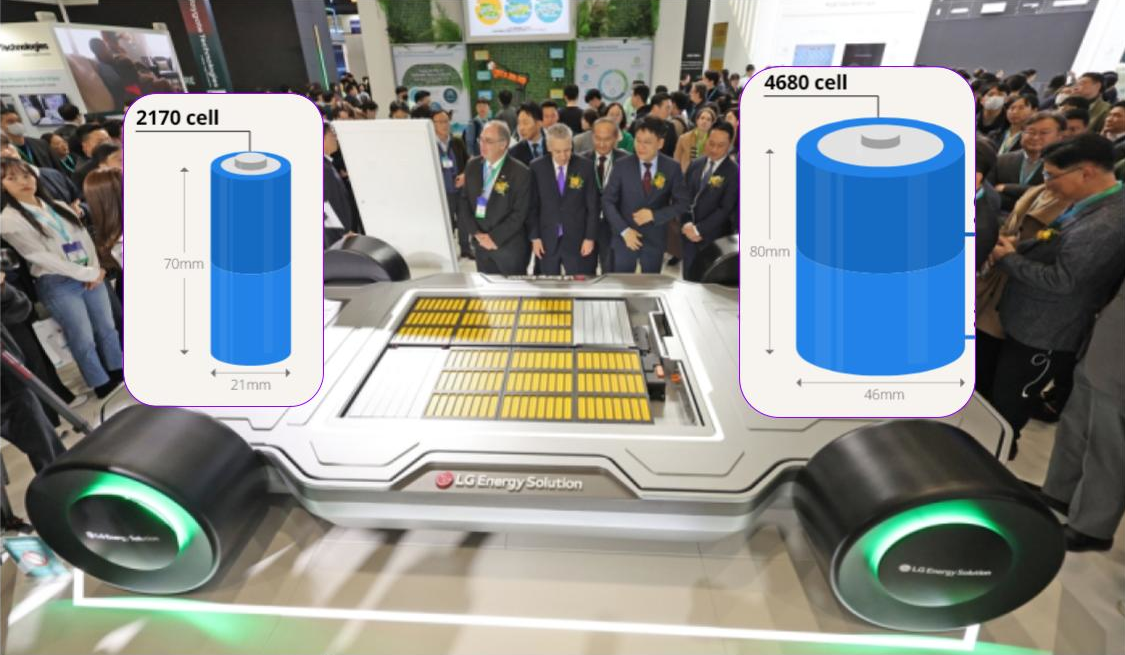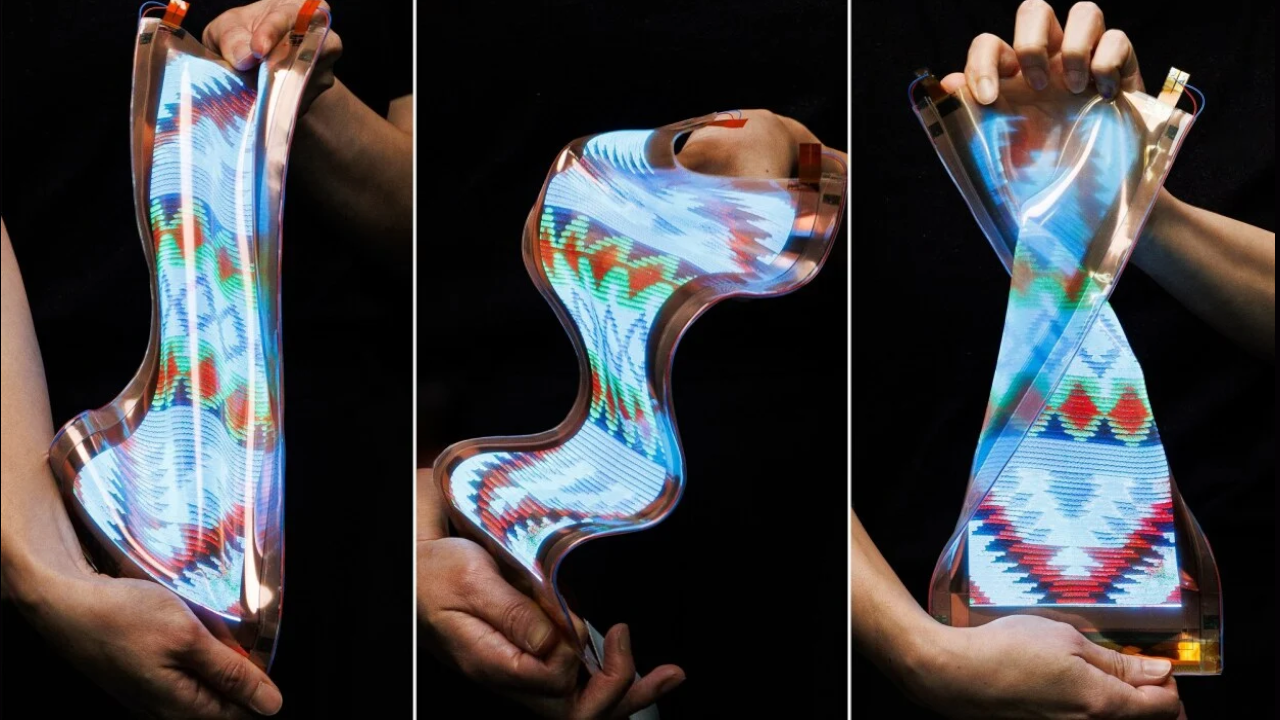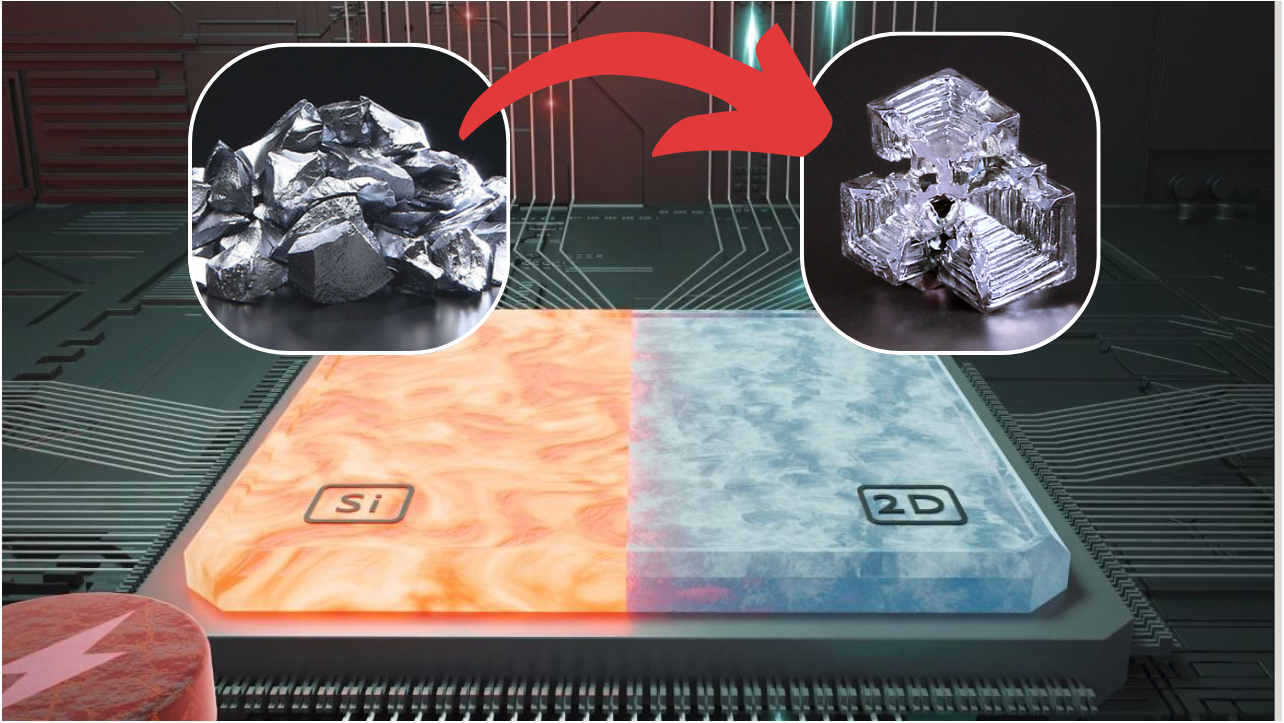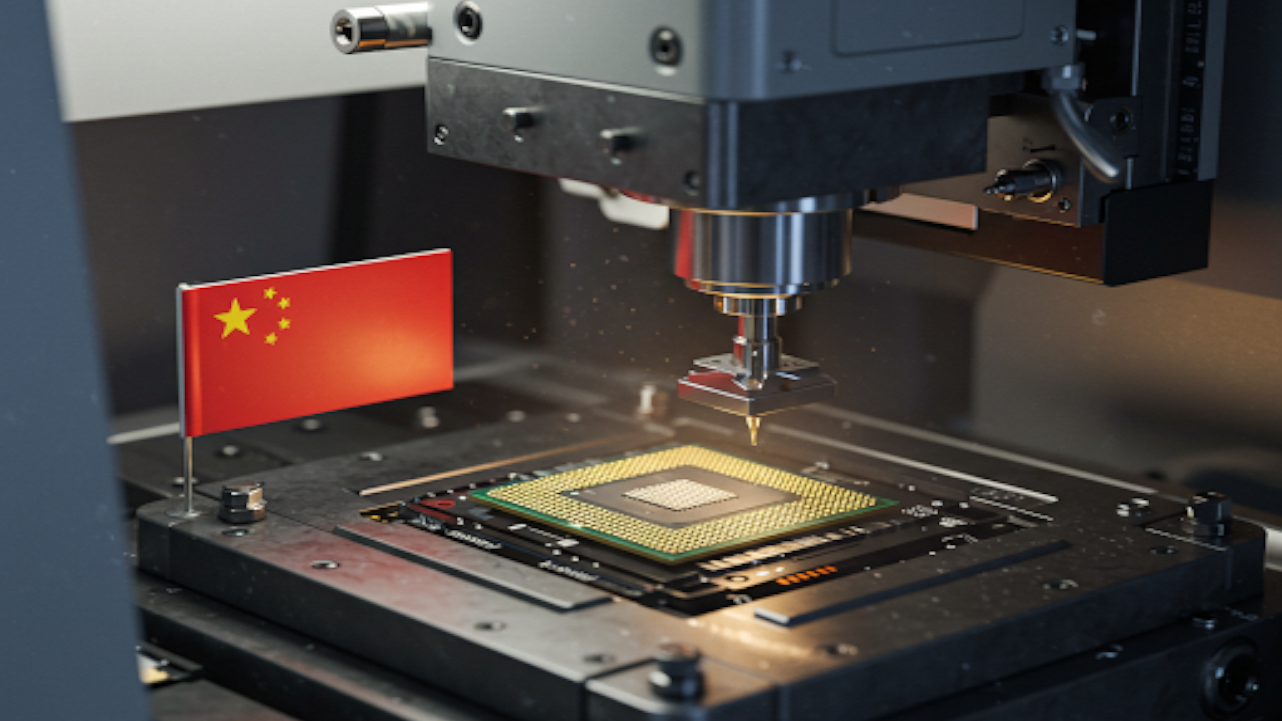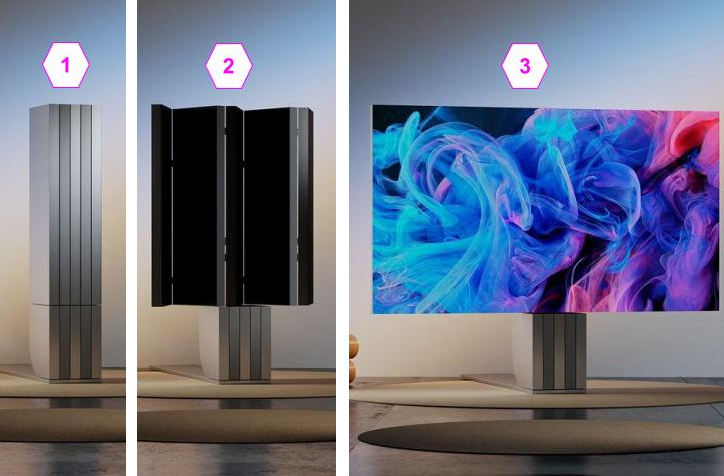In a scientific achievement marking a quantum leap in display technology, Chinese researchers in collaboration with the University of Cambridge have unveiled the development of a screen boasting unprecedentedly high resolution. A research team from Zhejiang University successfully created pixels with nanoscale dimensions, enabling a stunning resolution of 127,000 pixels per inch (PPI). This extraordinary resolution surpasses that of the Apple Vision Pro display by approximately 37 times, as the latter features a resolution of around 3,386 PPI.
This breakthrough addresses the limitations of current Micro-LED technology, which relies on expensive III-V semiconductors that are difficult to miniaturize beyond 10 micrometers without compromising performance. To overcome these challenges, the Chinese team turned to perovskite-based semiconductors, the same material used in solar panels and known for its high efficiency and cost-effectiveness, as well as its ability to be scaled down without loss of efficacy.
The researchers successfully utilized this material to fabricate micro/nano-PeLEDs (micro/nano-Perovskite Light-Emitting Diodes), ultimately producing a pixel with a width of just 90 nanometers, smaller than most viruses. Remarkably, they managed to maintain a reasonable level of luminous efficiency despite this immense miniaturization. For comparison, the pixel width in the Vision Pro is 7.5 microns, which is 83 times larger than the pixel achieved by the Chinese researchers. The researchers assert that this advancement will pave the way for the manufacturing of displays with a density of 127,000 PPI, a figure never before seen in the industry.
To transition this discovery from laboratory research to a tangible reality, the researchers collaborated with LinkZill, a Chinese technology company based in Hangzhou specializing in thin-film transistor (TFT) technologies, to develop the electronic circuits necessary for operating these advanced displays. They have already created a prototype of a micro-PeLED display featuring an active matrix system, a design driven by a backplane made of thin-film transistors (TFTs). This design allows each pixel to be controlled independently and precisely, granting the screen the ability to display complex images and videos with exceptional detail, accuracy, and efficiency.
Despite the fact that this innovation represents a significant step forward in the development of display screen technology, it still faces considerable challenges that must be overcome. Current perovskite-based LEDs emit light of only one color (monochromatic), meaning further research is needed to develop LEDs capable of supporting the display of all colors, a fundamental requirement for competing with traditional displays.
Furthermore, questions remain regarding the sustainability and long-term performance of this technology in practical applications. The long-term stability of perovskite materials under real-world conditions, such as exposure to humidity and heat, is still an area requiring further improvement and research.
In conclusion, while there is a theoretical limit to the pixel size beyond which it becomes imperceptible to the human eye, potentially rendering further increases in resolution less useful for large screens, this ultra-high resolution opens up vast possibilities for crucial applications, especially in small displays used in virtual and augmented reality glasses, and even in smartphone and wearable device screens, promising a bright future for display technology.
The research findings were published today in the journal Nature.
